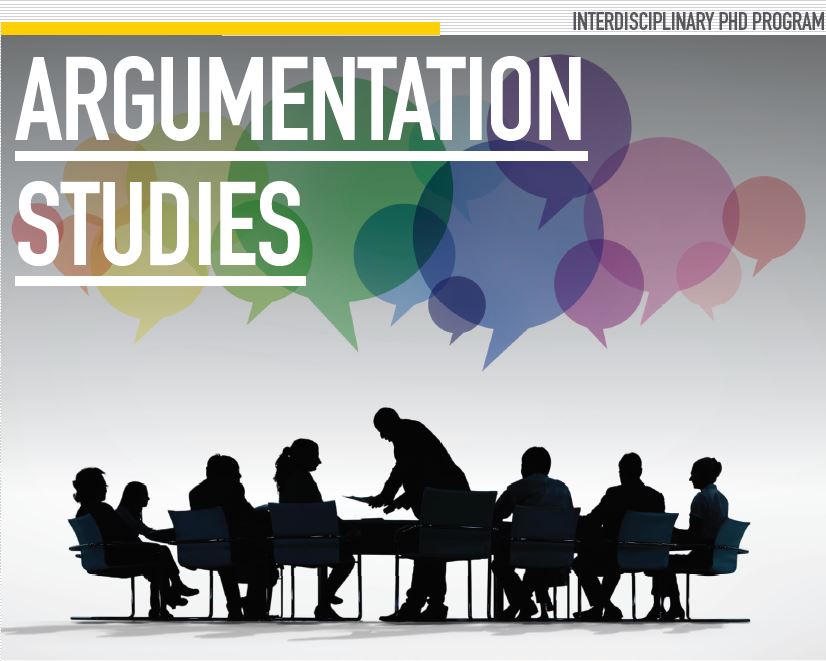Location
McMaster University
Document Type
Paper
Start Date
1-6-2005 9:00 AM
End Date
1-6-2005 5:00 PM
Abstract
In the paper I propose conceptions of argument, of uses of argument, and of argumentation that rely upon the scholarly work of recent years, but map the concepts and their relations in a slightly different way. I contend that something like Toulmin’s backing-warrant-claim model is the correct way to conceptualize argument, and that, contrary to many current definitions, rational persuasion ought not to be built into the very concept of argument, but instead understood as a use of argument—one among others. Argumentation is best conceived as exchanges of arguments, and the nature of these exchanges will differ according to the use to which arguments are being put in any given instance. Different uses of arguments are to be distinguished in terms of the objectives of the participants (and as a result, in other ways). I distinguish inquiry, justification, rational persuasion, and negotiation as different (though often related and overlapping) uses of arguments. (These are not to be confused with types of dialogue.) The classification of argument types (e.g., deductive vs. inductive, logical vs. dialectical vs. rhetorical), is a different matter, and is a mug’s game, although these distinctions have other, useful roles to play. The norms to be used in the assessment of arguments and of argumentation ought to vary according to the perspective and purpose of the assessor, and can accordingly have logical, dialectic or rhetorical elements, or combinations of these. I discuss a number of these (“soundness,” inductive strength, presumptive force, acceptability, relevance, sufficiency, conformity to ideal discussion rules, argument schemes critical questions). The paper is a sketch of what I hope to be a comprehensive and perspicuous conceptualization of argument and argumentation at this stage in the theoretical development of the field.
Creative Commons License

This work is licensed under a Creative Commons Attribution 4.0 International License.
Argument and Its Uses
McMaster University
In the paper I propose conceptions of argument, of uses of argument, and of argumentation that rely upon the scholarly work of recent years, but map the concepts and their relations in a slightly different way. I contend that something like Toulmin’s backing-warrant-claim model is the correct way to conceptualize argument, and that, contrary to many current definitions, rational persuasion ought not to be built into the very concept of argument, but instead understood as a use of argument—one among others. Argumentation is best conceived as exchanges of arguments, and the nature of these exchanges will differ according to the use to which arguments are being put in any given instance. Different uses of arguments are to be distinguished in terms of the objectives of the participants (and as a result, in other ways). I distinguish inquiry, justification, rational persuasion, and negotiation as different (though often related and overlapping) uses of arguments. (These are not to be confused with types of dialogue.) The classification of argument types (e.g., deductive vs. inductive, logical vs. dialectical vs. rhetorical), is a different matter, and is a mug’s game, although these distinctions have other, useful roles to play. The norms to be used in the assessment of arguments and of argumentation ought to vary according to the perspective and purpose of the assessor, and can accordingly have logical, dialectic or rhetorical elements, or combinations of these. I discuss a number of these (“soundness,” inductive strength, presumptive force, acceptability, relevance, sufficiency, conformity to ideal discussion rules, argument schemes critical questions). The paper is a sketch of what I hope to be a comprehensive and perspicuous conceptualization of argument and argumentation at this stage in the theoretical development of the field.


